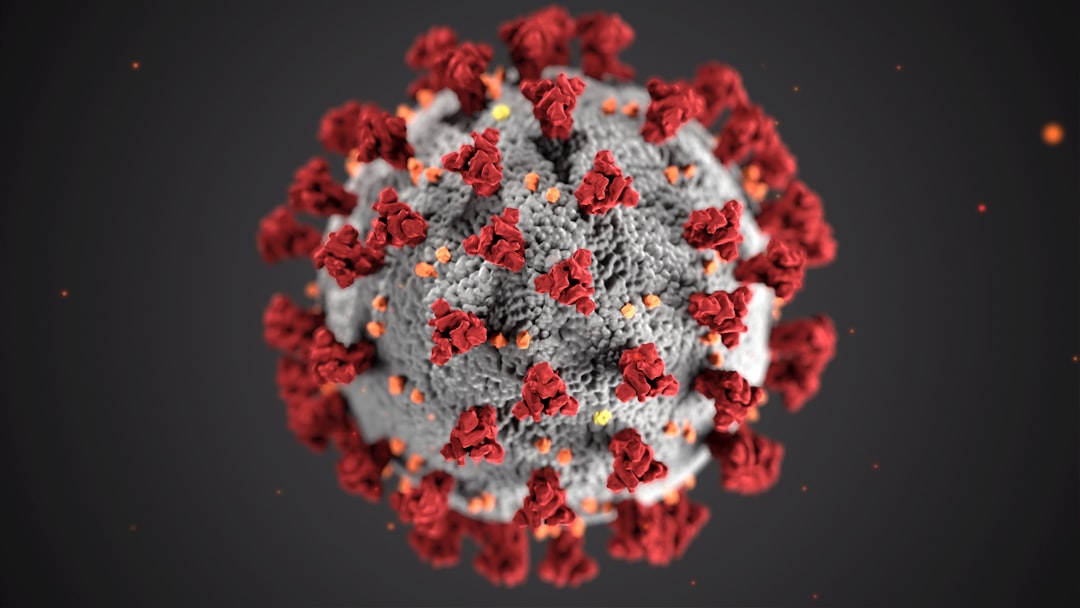
When COVID-19 pandemic starts to spread in almost every nation, the World Health Organization have stressed out the importance of viral testing. Since then, the viral testing had brought out a high demand testing essentially through throat and nasopharyngeal samples of other known sources. This testing requires a large number of qualitative patients that are tested for coronavirus for treatment purposes and to conduct more studies on how to prevent the extensive spreading of these pandemic pathogens.
Generally, the RT-PCR or reverse-transcriptase polymerase chain reaction is required used for a diagnostic testing and this requires a nasopharyngeal swab method to obtain a viral sample of a respiratory secretion that is found at the inner part of the nostril. The laboratory personnel will use a small swab cotton that is infiltrated inside the nostril to collect a secretion. This secretion will be obtained by whirling the cotton swab on the inner back part of the nose and then sent this source to the laboratory for testing.
However, this RT-PCR is produced only for further processing of converting RNA into cDNA. The extraction of RNA instead of DNA is needed as a standard method of acquiring PCR. The processing of this DNA will be done by reversing the enzyme transcriptase using an RNA pattern to produce a complementary single-stranded DNA called cDNA, thus, a reverse transcription is being dubbed. Then a further process is done by converting the enzyme of DNA polymerase to create a single-stranded molecule to double-stranded DNA as a template for PCR response. With the use of primers and thermocycling procedure, the double-stranded DNA will be reproduced and intensified and the value of this RT-PCR test will provide a conclusion if the patient has displayed positive results.
The Fundamental Doctrine of RNA Extraction
To carry out the task of RT-PCR test, secretion samples will be extracted first in order to carry out the RNA. Extracted RNA is the distillation or purification process from biological samples, and this process contains a very critical and sensitive activity. This endeavor needs a quick and careful manner as the cells and environment will emit high concentrations of enzymes that might destroy the nucleic acid. The standard extraction process of RNA is the use of a kit that has sterile buffers, a solution that breaks down the cells. This extraction is an approach to separate the RNA from DNA, proteins and other macronutrients found in the sample cells.
Extracted RNA as a Component for COVID-19 Testing
The most popular method used to extract RNA from an infected person is a nasopharyngeal sample is organic extraction. This method as discussed above involves the isolation of RNA using a solution that lyses the cells. These chemicals will degrade the proteins or cell components by fracturing the bond within the molecules, but protecting the DNA and RNA as well. By using an acidic solution that consists of phenol, sodium acetate, chloroform and guanidinium thiocyanate, RNA is then separated from DNA. The absolute RNA is then accelerated quickly with isopropanol to detached remaining salts or chemicals that it carries.